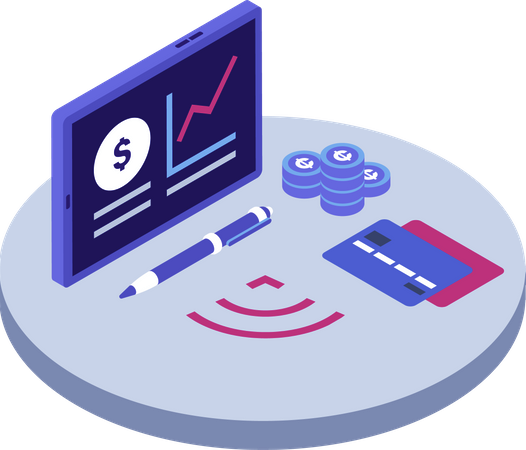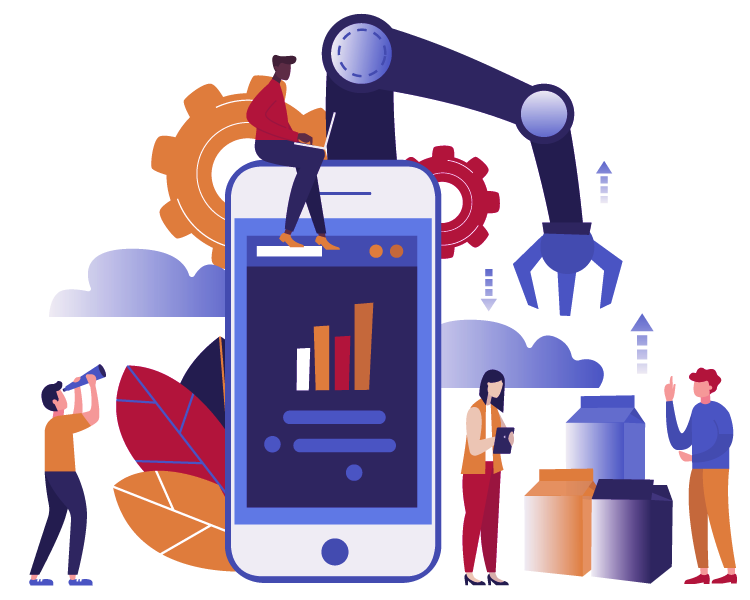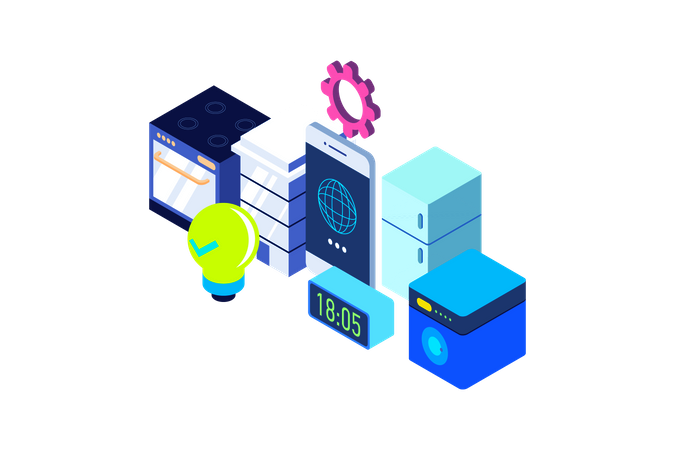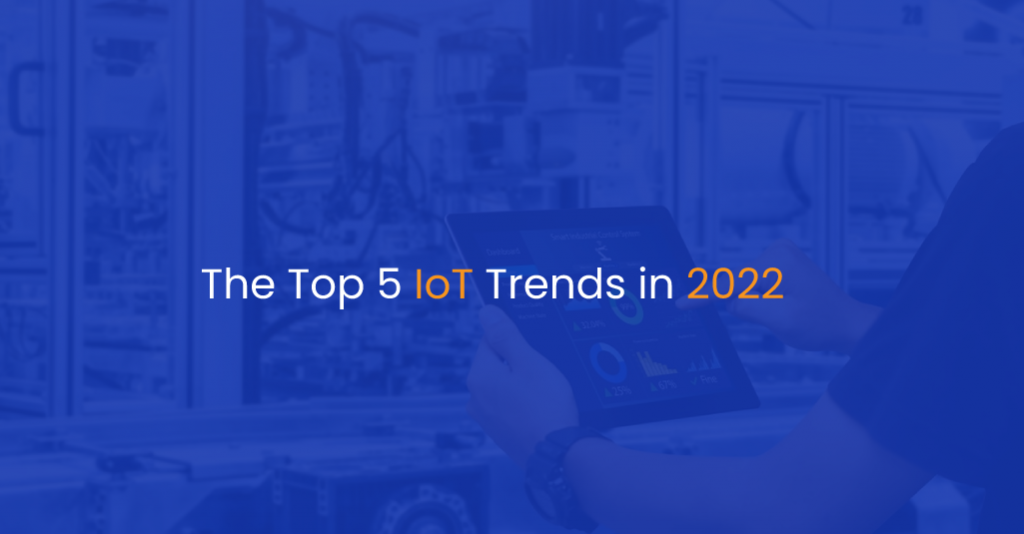Only a few decades ago, the concept of linking your refrigerator to the internet sounded absurd. But things have changed. Interconnectedness is becoming a crucial component in technology, with 7 billion IoT devices now in use.
Internet-connected TVs, toasters, and smartwatches are here to help us get through our days. According to Cisco, there will be six linked gadgets for every person on the earth by 2020. IoT devices will make up a large portion of them.
The internet of things is already a massive industry that is rapidly expanding. In this post, we will look at the main IoT trends that are forming this stage of the market’s evolution.
IoT in Everyday Life
IoT devices are items that do not ordinarily have internet access, such as kitchen appliances, toys, automobiles, fish tanks, boilers, and so on. When linked to the internet, IoT-enabled things may interact with one another and with humans. This talent enables us to find new and more efficient ways to utilize ordinary goods in our environment.
IoT Adoption Is Accelerating
It would take another decade for the word to catch on. The beginning of IoT was characterized by Cisco Systems in 2011 as the “threshold of connecting numerous objects than humans to the internet.” Gartner, a market research firm, proclaimed the internet of things to be a new phenomenon.
There is still no agreement on how quickly the number of linked IoT devices will increase. Companies such as Cisco and Ericsson predicted that by 2020, there would be over 50 billion linked devices. Others, like Morgan Stanley, believe they will reach the $75 billion thresholds in the same timeframe.

More conventional devices, such as PCs and cell phones, are now included in the definition of “connected devices.” Having said that, if any of these predictions come true, it will imply that IoT gadgets have already penetrated our daily lives.
Indeed, it appears that everything these days is internet-connected. From washing machines & security systems to industrial apparatus like cranes, the Internet of Things has become an indelible part of our civilization.
IoT Statistics
- According to IoT Analytics, there are already 17 billion linked machines globally.
- IoT devices account for around 7 billion of them, and their number is expected to skyrocket in the next years.
- For the first time in history, by the end of 2022, there'll be more IoT gadgets online than conventional devices such as laptops, smartphones, PCs, and landline phones.
- The number of active IoT devices will exceed 21 billion by 2025.
- Growth will continue in the next years, making it one of the most steadfast internet of things trends.
- It's no surprise that the short-term forecast for the IoT sector is so enthralling.
- Its current size exceeds $151 billion and is expected to grow to an incredible $1.5 trillion by 2025.
The consumer segment will be a big growth driver. The number of internet users worldwide is growing, as is the use of smart gadgets. People are loving the ease of operating their houses via smartphone apps.
IoT Market Trends

The IoT market is quite active, and patterns may be seen. According to Gartner, this is how the world of internet-connected gadgets will appear in the years running up to 2025.
IoT-Social, Legal, and Ethical Concerns
With the rise of IoT, a new set of privacy problems emerges. With all of those gadgets exchanging personal information, the issue of “Who owns the data?” arises. According to Gartner’s estimates, it’s a real question that will have a significant influence on the growth of the IoT.
Artificial Intelligence
Normally, we would require humans to process a collection of data intelligently. Given the massive amounts of data that IoT devices now create, we need to devise a new, more scalable strategy. The massive volume of data generated by IoT devices will necessitate the use of artificial intelligence and machine learning.
AI will be used by businesses to decipher what their data implies. As a result, AI and machine learning are expected to be among the hottest IoT topics in 2021.
Data Broking
Data has evolved into a valuable commodity. Corporations already regard it as a significant economic asset, and by 2023 (or sooner), organizations will be profiting from the sale of your personal data. It will be possible to be collected by a variety of IoT devices. These include, among other things, your television, your smart digital assistant, your living room light bulbs, your air conditioner, and the fitness band on your wrist.
The majority of this is already taking place and is one of the top futuristic IoT trends.
IoT Governance
A framework to control how data is saved and utilized by IoT devices is becoming increasingly important. Governance is required at all levels of IoT technology, from device audits and firmware updates to data usage management. Organizations must conform to this framework. Otherwise, they may suffer legal consequences.

Sensor Innovation
This year will see the release of a slew of new IoT sensors. They will enable the detection of a larger spectrum of occurrences, such as natural catastrophes. Municipalities will spend a lot of money to figure out what’s going on within their cities.
More precise data will be required by businesses in order to solve problems and improve the quality of their products and services. With the increasing demand for data, it is reasonable to predict that sensors will be among the top IoT devices in 2021.

Security
Many Internet of Things devices is not designed with security in mind, which is an increasing problem. Because IoT devices lack basic security, hackers are targeting hundreds of thousands of them.
To make matters worse, people are unaware of the situation. They will just use their devices, oblivious to the risks that come with them.
What consumers should be aware of is that even the most popular IoT gadgets contain flaws that allow hackers to eavesdrop on their personal life.
What Future Awaits?
Traditional IT solutions are no longer enough in an increasingly linked society. The internet of things opens up a slew of new opportunities for businesses and end consumers.
Real-time data collection will enhance many business operations, making them more efficient and lucrative. It will even spark the development of new business models.
As more people get interested in the smart home idea, households will benefit from smarter consumer devices.
The Internet of Things will transform areas such as healthcare. You won’t have to go to the doctor every time you get sick. He will be able to monitor your condition and, if necessary, prescribe medication. Smart sensors in transportation can reduce the frequency of collisions, forecast the optimum routes, and substantially reduce the cost of traveling.
The majority of this is already taking place and is one of the top futuristic IoT trends.
However, the most profound paradigm change is yet to come.
Are you all set to go?



